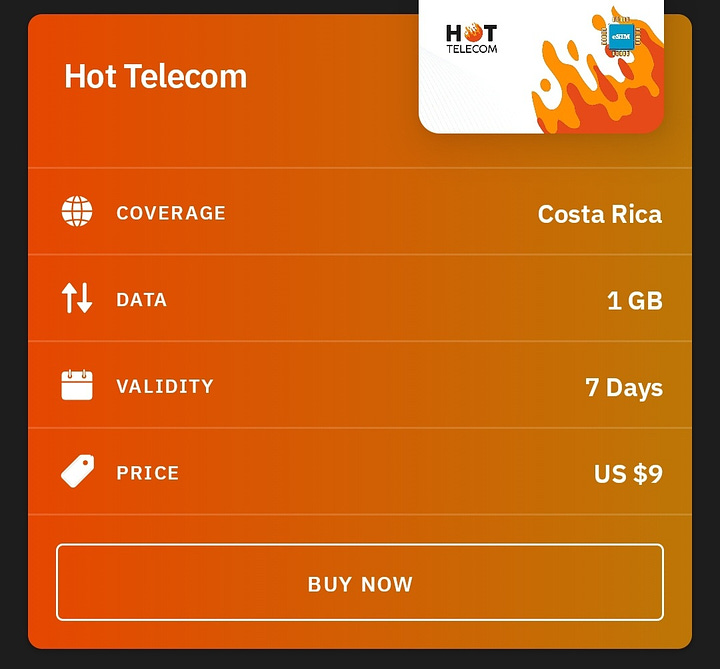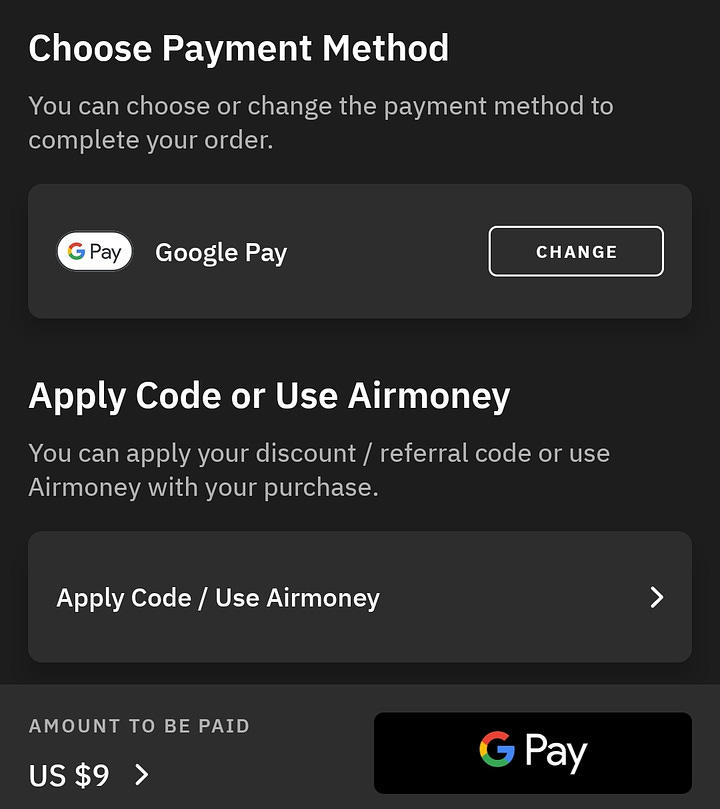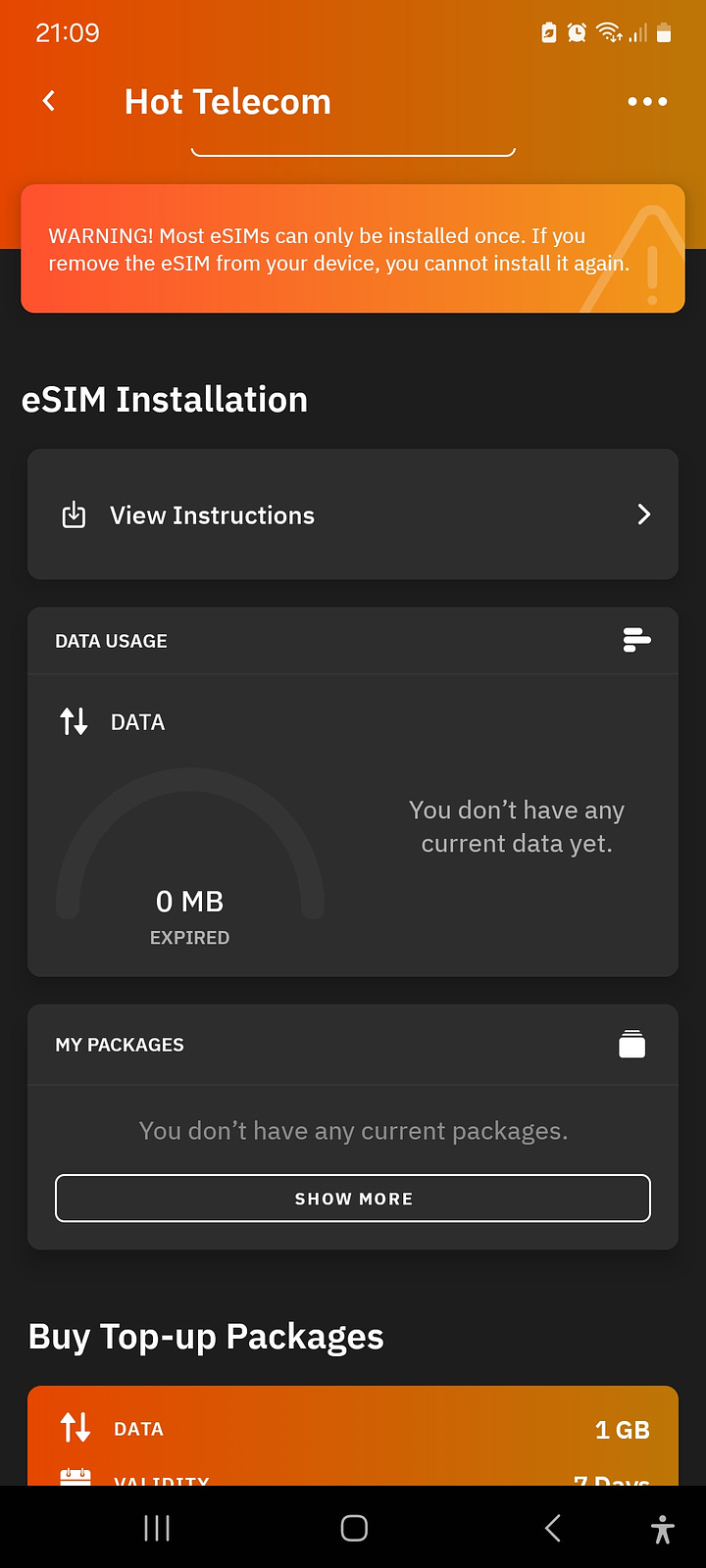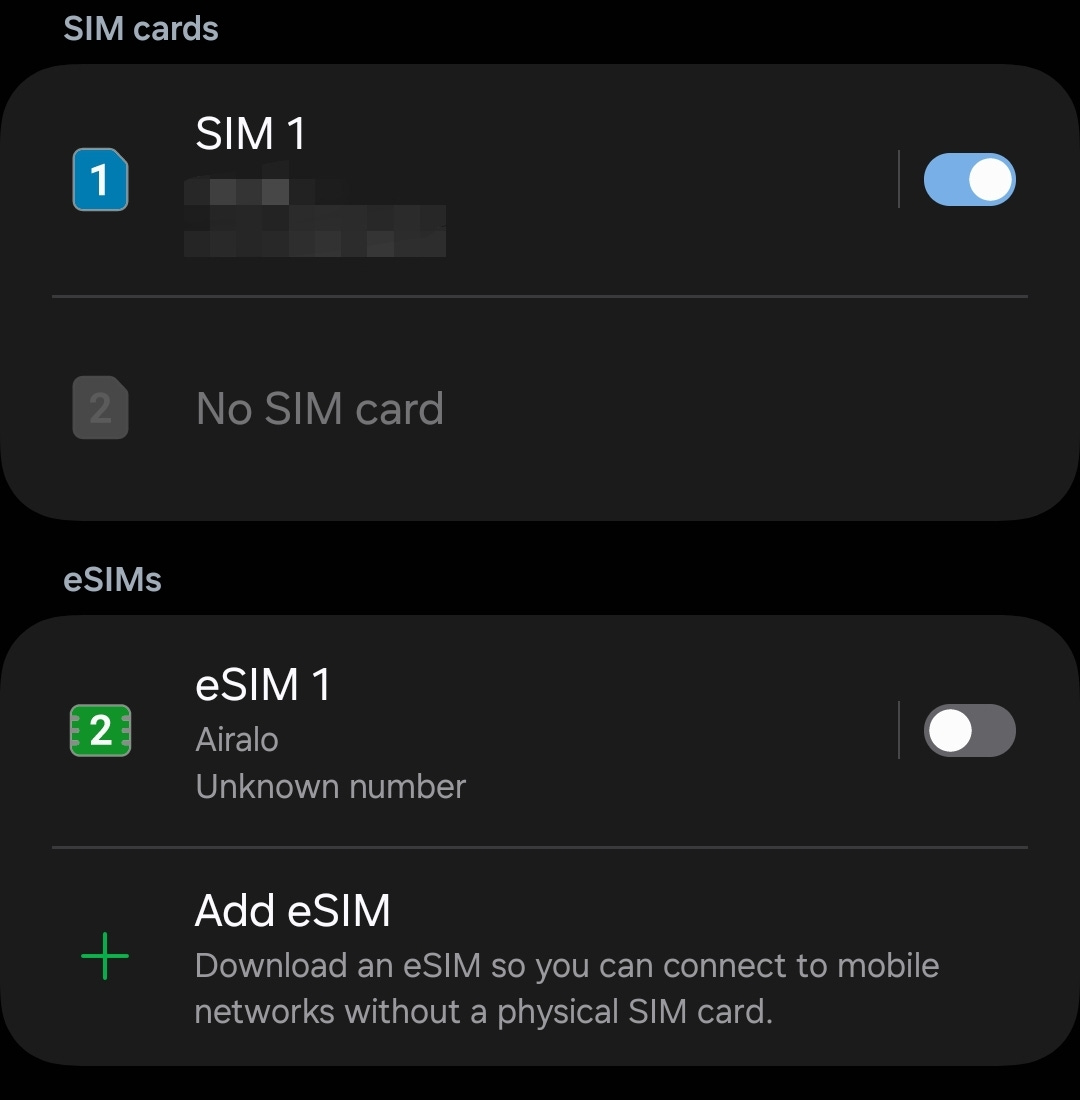Disclaimer: This is a genuine, unbiased review. I do not earn any affiliate commission or benefit from the brand(s) mentioned in this article.
There are a few things that I usually do as soon as I land in a new country: Withdrawing some cash at the ATM and buying a local SIM Card, for example.
Some of you may think: “Physical SIM cards are so old school!”
In fact, some time ago eSIM cards -the “virtual” version of physical SIM cards - were launched. What this practically means: You don’t need to open your phone to install them.


As convenient as this might sound for a frequent traveler like me, I never really took the time to learn more about eSIM cards. I was wondering:
Are eSIMs better than physical SIM cards? Are they safe to use? Are there any disadvantages of using an eSIM?
Therfore, I kept buying physical SIM cards over and over again. Until my last trip to Costa Rica.
In fact, as soon as I landed, I realized that a physical SIM card at the airport was expensive -Around 50-60 USD for unlimited data!
It was the right time to try an eSIM. There are many eSIM providers out there and reviews are mixed, but after doing a quick research, I chose to try Airalo.
Here’s my (honest) experience using an eSIM for the first time during my trip to Costa Rica.
Buying the eSIM
Buying the eSIM was easy: After downloading the Airalo app, I selected the country and chose the data package.
Since I only needed internet for Google Maps navigation and to book hotels, I took a 1GB / 7 days package for 9 USD (package size and price varies by country).
Once I paid via credit card, I received immediate confirmation via email.


Installing the eSIM
Also the installation was easy. All steps were explained in the app, and it literally took me 5 minutes before the eSIM was active.
Using the eSIM
From that moment, I had normal connectivity, similar to what I usually experience when travelling abroad with a normal, physical SIM card.
I could also use all functions typical of a physical SIM card, like using it as a Hotspot. However, it’s not possible to make or receive calls and send/receive SMS.
This wasn’t a deal breaker for me: In fact, in Costa Rica most hotels, restaurants, activity providers and car rental companies were reachable via Whatsapp.
Finally, it was easy to switch between the eSIM and my own SIM, since both are available at the same time. This is useful in case your really need to make a phone call or send an SMS (which I never needed).
PROs and CONs of travelling with an eSIM
PROs:
Price: Compared to the packages offered by local providers at the airport, an eSIM was much cheaper. This might vary from country to country though.
Convenience: Buying and setting up the eSIM was easy and took me 10 minutes in total. This is much faster than physically installing a regular SIM card.
Data: With 1GB, I could easily navigate with Google Maps and stay connected the whole time. (To save data on an Android phone, you can go offline when using Google Maps. Also activating the “Data Saver” function reduces consumption a lot.)
CONs
Signal strength: During my trip the internet signal sometimes disappeared for 5-10 minutes. To be honest, I was often travelling through remote and rural areas, therefore it’s difficult to compare with a physical SIM.
Connectivity: With the eSIM it’s not possible to make/receive phone calls or send/receive SMS messages. I didn’t need any of that, but that’s definitely a limitation compared to physical SIM cards.
Final thoughts
Depending on the country you travel to and your needs, installing an eSIM might save you money and time. My experience using an eSIM by Airalo in Costa Rica was positive overall, despite some connectivity issues from time to time.
That really wasn’t a problem for me (as I just needed internet for navigation and to book / contact hotels on my way). Additionally, many cafés and restaurants in Costa Rica offer free WiFi (and 99% of the times the password is “puravida123”).
However, if you need to be always online or travel to a country where free wifi is not so common, then you should consider buying a physical SIM card with a local operator, just in case.
Just bear in mind that sometimes these are more expensive at the airports, but if you have time to look around, you’ll find cheaper ones at shops in towns and cities.
What was your experience with an eSIM card abroad? Leave a comment below!
About me:
About me:
As a passionate traveler and tourism professional I’ve experienced the world: From hiking the Andes to flying Business Class, from camping in Serengeti to staying in luxury resorts in Maldives.
In my career as a marketer I’ve driven brand collaborations, scaled up communities and websites and helped tourism companies reach international travelers.
Beating Jetlag is where my authentic experiences as a traveler and genuine curiosity as an industry insider come together for behind-the-scenes travel content and resources.
For quick travel tips and hacks you can also follow me on Instagram or on Facebook.




Thanks for your post. I just returned from England and installed an eSim from Airalo when I arrived there. It was my first time using an Sim or eSim. My Verizon plan was not working and I read an online recommendation on Airalo. Very easy to install as you said and it cost me about 8 US dollars for 15 days. In my case, I could send and receive texts and phone calls. I will never use my own carrier any more - too expensive.
Thanks for the article. I travel quite a bit and had never heard of an eSIM. Sounds like an interesting option.
Cheers